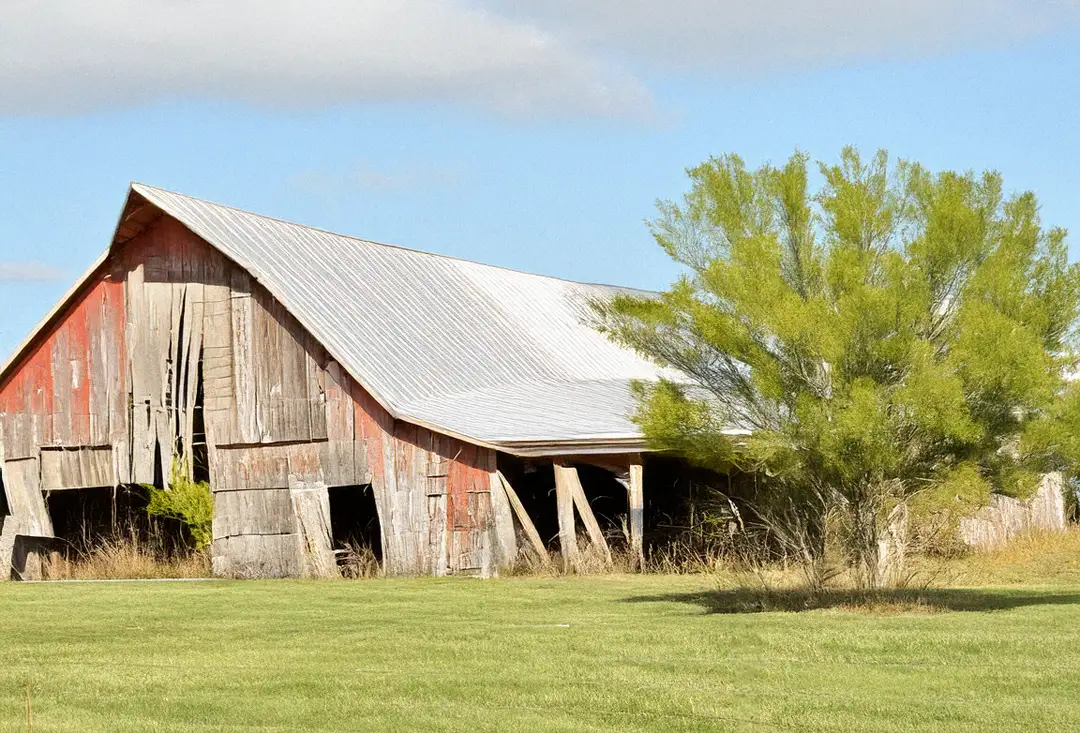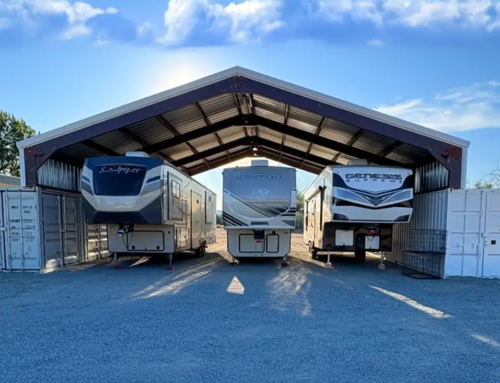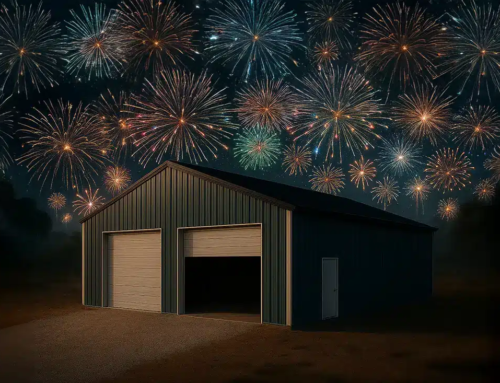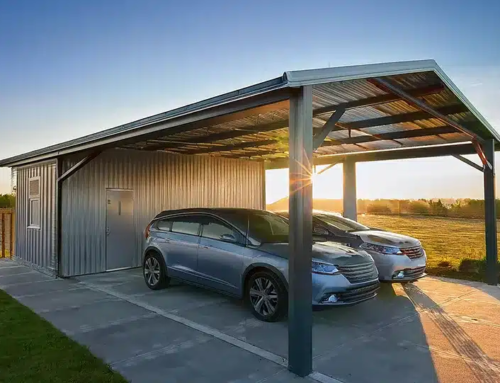Pole vs Steel Barn: What You Should Know
If you’re planning to add a new barn, shop, or storage building to your property, there’s a good chance the words “pole barn” come to mind first. Maybe your family built one. Maybe there’s one standing on the property now. Or maybe it’s just what everyone in your area uses.
There’s a comfort that comes with familiarity—and for a long time, pole barns have served their purpose well. But before you build what you’ve always known, it’s worth asking: Is that still the best choice for today—and for the next 30+ years?
This guide walks through what a pole barn actually is, why so many people default to it, and why steel barns are quickly becoming the smarter, lower-maintenance investment for farms, homesteads, and rural businesses.
What Is a Pole Barn?
A pole barn, also known as a post-frame building, uses large vertical wooden posts set in the ground or anchored in concrete. Horizontal girts run between the posts to support the siding and roof, typically made of wood or metal. This style took off in the 1930s when farmers needed fast, inexpensive shelter using available materials—like repurposed telephone poles.
They remain popular today for agricultural storage, garages, animal housing, and workshops.
Why Pole Barns Still Feel Like the Default
Let’s face it—pole barns are familiar. If you grew up on a farm or rural property, you’ve probably worked in one. For some, it’s the only type of barn they’ve ever known.
That sense of tradition runs deep. But here’s the thing: putting up a new barn is a long-term investment. It’s something you expect to last for decades. It’s worth asking whether the most familiar choice is also the most practical—and whether there’s a better way forward.
The Common Drawbacks of Pole Barns
Even though pole barns are familiar and cost-effective up front, they come with a few real disadvantages over time.
Why a Steel Barn Is the Smarter Long-Term Choice
If you’re comparing a pole vs steel barn, here’s where the steel option really starts to shine.
Want That Classic “Barn Look”? You Still Can
We often hear from customers who love the classic gabled shape of a traditional barn. The good news? You don’t have to give that up.
Toro Steel Buildings offers straight-wall steel structures with peaked or gabled roof options that replicate the look of a traditional wood-framed barn—without the downsides.
Looking for something with a curved roof instead? Our sister company, Future Buildings, specializes in arch-style steel buildings—extremely popular with DIYers and great for garages, storage, and off-grid use. Visit Future Steel Buildings to learn more.
Easier to Build Than You Might Expect
You don’t need a team of contractors to build a Toro steel building. Our kits are designed for bolt-together assembly using basic tools, even in remote areas. You’ll receive detailed instructions, clear part labeling, and access to expert support if you have questions along the way.
Steel construction might not be what your family used—but it’s far easier to install than many people assume.


Choosing Between a Pole or Steel Barn
If you’re making a decision based on what’s familiar, a pole barn might seem like the easier path. But when you step back and consider what you’re actually building—a major, long-term investment—the benefits of steel are hard to ignore.
From durability and fire resistance to lower maintenance and better long-term value, a steel barn is built for the demands of today and the decades ahead.
Request a Quote from Toro Steel
Looking to replace an old pole barn or start fresh with a structure that works as hard as you do?
Get in touch with Toro Steel Buildings today.
👉 Click here to get a free quote from Toro Steel Buildings to get started today. or call 1‑877‑870‑8676 to speak with one of our building specialists.









